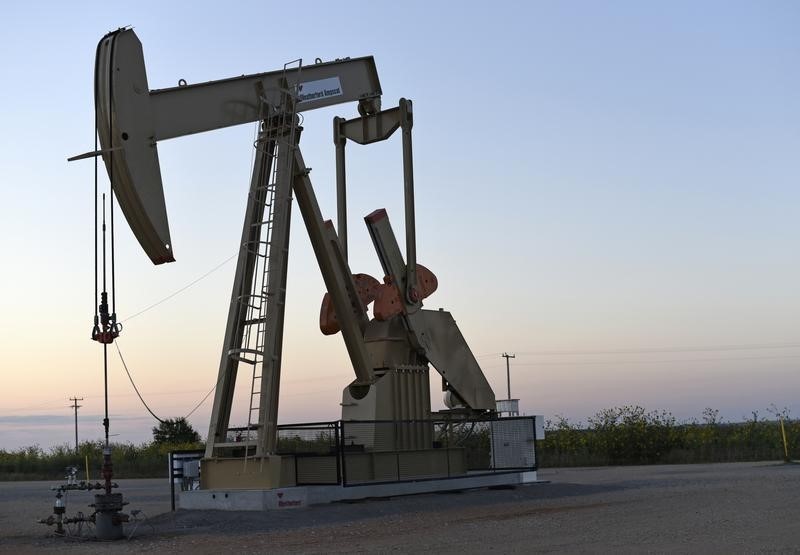By Barani Krishnan
NEW YORK (Reuters) - Oil prices fell 5 percent to two-month lows on Thursday after the U.S. government reported a weekly crude draw within analysts' forecasts that disappointed market bulls expecting larger declines.
Brent crude also lost the most in a session since February as the global benchmark and U.S. crude futures broke key technical support they had defended for nearly two weeks since a selloff on Britain's shock vote to exit the European Union.
"Once we got past those levels, it was just longs liquidation all the way," said Tariq Zahir, a trader in crude spreads at New York's Tyche Capital Advisors.
Oil broke support levels after the Energy Information Administration (EIA) said crude stockpiles fell 2.2 million barrels for the week to July 1, just below a 2.3-million barrel decline forecast by analysts in a Reuters poll. [EIA/S]
While the EIA reported a seventh weekly decline in crude stocks, the figure it gave was far less than a 6.7 million-barrel draw cited by trade group the American Petroleum Institute in preliminary data issued late Wednesday. [API/S]
"Expectations were high for this report, and they were dashed," said John Kilduff, partner at New York energy hedge fund Again Capital.
Brent crude futures (LCOc1) settled down $2.40, or 4.9 percent, at $46.40 per barrel. That was the biggest percentage loss for Brent in a day since Feb. 9.
The session low of $46.15 marked a bottom for Brent since May 11 and tripped the technical support of $46.69 held since June 27.
U.S. crude futures (CLc1) settled down $2.29, or 4.8 percent, at $45.14. They hit a two-month low of $44.87 earlier, tripping the June 27 bottom and support of $45.83.
"This opens the door down to $43 on a technical basis," said David Thompson, executive vice-president at Washington-based commodities broker Powerhouse.
The CBOE volatility index (OVX), a gauge of options premiums based on moves in the U.S. oil exchange traded fund (USO), jumped to its highest level in more than four months.
Traders said that indicated sentiment shift in a market that has traded not far from the psychologically bullish $50 a barrel level since mid-May despite mixed data on crude.
Oil has risen more than 70 percent from 12-year lows of around $27 for Brent and $26 for U.S. crude in the first quarter, driven by unexpected supply outages from Nigeria to Canada that are now being resolved.
U.S. gasoline inventories also fell less than expected, slipping by 122,000 barrels according to EIA, versus forecasts of a 353,000-barrel draw. That added to fears of a gasoline glut.

U.S. gasoline futures (CLc1) hit four-month lows, settling down 5 percent at $1.3631 per gallon.